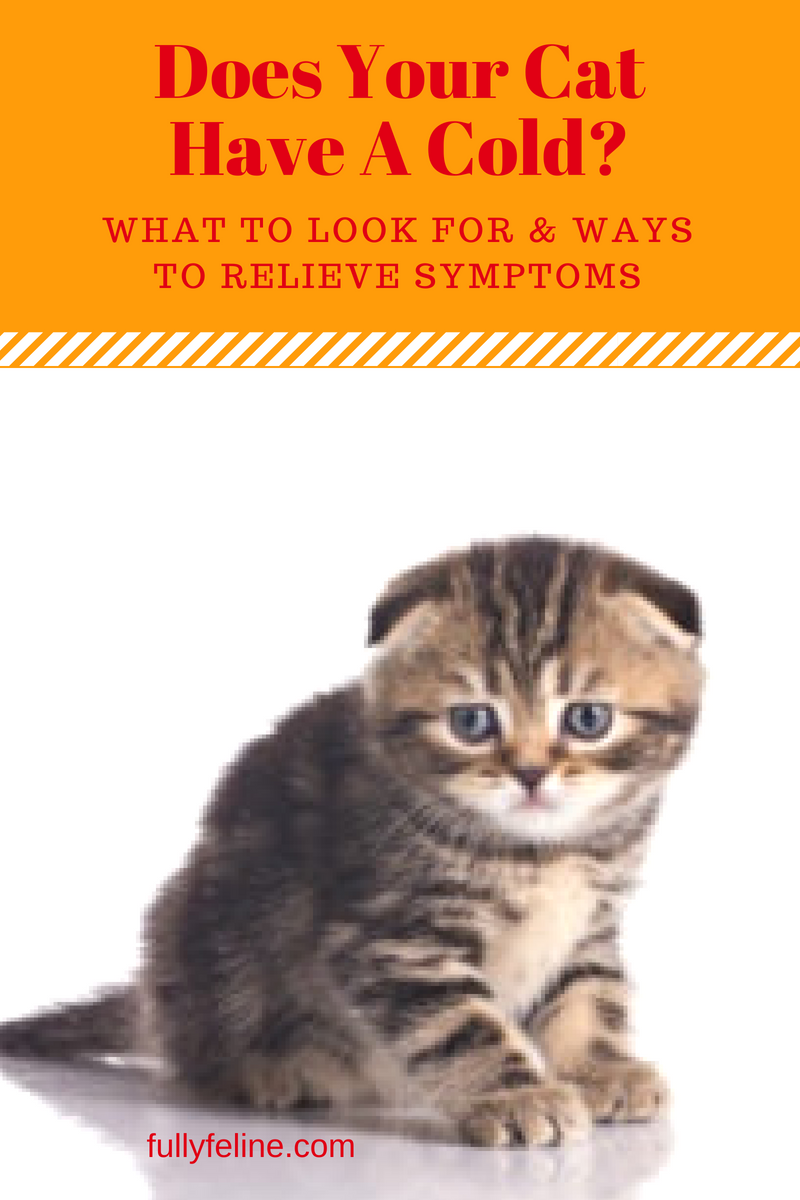Stunning Tips About How To Tell If Your Cat Has A Cold

Squinting or unable to open eye(s) congestion;
How to tell if your cat has a cold. This can be pyothorax or pus on the lungs, but if you catch it quickly, it will just be a respiratory infection that is easier to treat. You might also see them sneezing, and they may have a snotty nose or appear ‘bunged up’. Anything below 99°f means your cat is too cold.
Symptoms of colds in cats: You can try taking your cat’s temperature at home to see if your cat has a fever. On average, cats cannot tolerate anything below 45°f for long periods.
How can you tell if a cat has a cold? Your cat can pick up strep and many other respiratory bacterial infections when she goes outside. Unfortunately, cats have many more serious diseases that will show up first as just a cold:
They’re cold to the touch if your cat’s ears, paws, and the end of the tail feel cold, they probably are uncomfortably chilly since these parts of the body lose heat first when the. If you think your cat has a cold, you might be noticing some combination of the following: This is usually even more true if your cat has persisting cold symptoms (even if they’re mild symptoms)—such as a sore throat or mucus discharge.
Turns out, it's a similar deal for cats. Sneezing and nasal discharge are the most common signs of a cat cold. Cats with colds may have symptoms including coughing, sneezing, discharge from the eyes or nose, lethargy, and sometimes fever.
Your vet can address this with observation or medication, depending on how serious the issues and symptoms are. Since cats run hotter than humans, they can get cold faster than we do. Just like people, cats can catch colds and go through symptoms such as a runny nose, constant sneezing, mild fever, and dehydration.
Signs your cat might have a cold: You probably know what it's like to have a cold as a human. You can also run a humidifier in any rooms that your cat particularly enjoys spending time in, so that the air isn't too dry.
You should seek treatment for your cat if you notice symptoms of lethargy and decreased appetite, squinting, yellow nasal or ocular discharge or any signs of trouble breathing. A cat with a cold may show signs of lower energy and lack of appetite. The symptoms of a cat cold are very similar to the symptoms of a human cold.
In more severe colds you may also see: Sometimes cats with colds will need to get treatment from a veterinary visit. If your cat has a fever, there’s likely a viral or bacterial infection at play.
How to know your cat caught a cold. You might notice that they can't open their eyes very well or that their eyelids and conjunctiva are red and swollen. Cat flu often makes cats feel pretty poorly, and they sometimes have a fever, so it's common for them to be lethargic and stop eating.



:max_bytes(150000):strip_icc()/is-your-cat-sad-553922_FINAL-5bdb697446e0fb002d6cbb2f.png)














